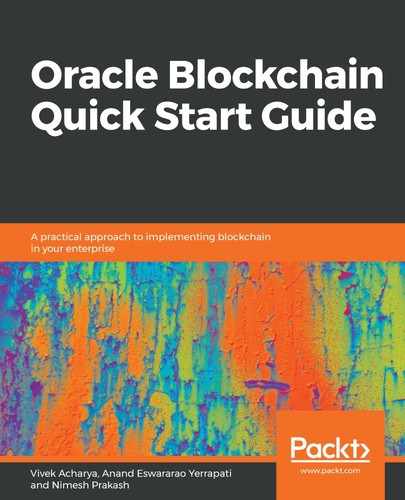Blockchain technology leverages the internet and runs on a P2P network of computers. These computers run the blockchain protocol, which allows these computers to keep a copy of the ledger. This ledger includes transactions that are packaged in blocks and chained together in a genesis block. The inclusion of blocks in the chain is agreed over consensus, without an intermediary.
A blockchain distributed ledger runs on a P2P network, where transactions are validated using cryptography by consensus algorithms. A blockchain network defines the consensus algorithm for it, which is essentially the rule to validate transactions on the blockchain P2P network. Upon reaching the consensus, blocks are added to the ledger. The node adding the block to the network is then offered incentive (depending on the type of blockchain). Hence, the highlights are that, in the P2P network of a distributed ledger, transactions are verified using cryptography and validated using consensus.
The following diagram shows types of networks:

As shown in the previous diagram, a Centralized network has a central node, which defines and governs the validation and verification of the transactions. All other connecting nodes rely on the central authority. The central authority has full access and control of the data, information, and state of the transactions. Although it's a network that is highly regulated, it's also centrally controlled. On one hand, it's safe and secure as long as trust holds true between the central authority and participating nodes; however, human error, malicious intent, single point of failure, and power being in the hands of a single authority has its own challenges. It is suited for very small organizations, where decisions can be taken quickly and even the smallest decision is visible. Decentralized networks are almost the same as centralized ones; however, here, the central node itself is distributed. This means the centralization of authority is distributed. In a decentralized network, each node is not directly connected to node; however, in a P2P network, each node is connected to other nodes.
